“Range anxiety” has been an enduring concern since the dawn of new energy vehicles, like an indelible mark of an era. When we see official ranges of 600 kilometers, 700 kilometers, or even longer displayed in showrooms, a hopeful question naturally arises: Can we truly bid farewell to range anxiety?
The answer is complex and multifaceted: For most daily commuting scenarios, anxiety has significantly eased; yet for long-distance travel, that taut string of worry still persists.
I. Saying Goodbye to Anxiety: Confidence from Technological Advancements
It must be acknowledged that compared to a decade ago, range anxiety has been greatly alleviated. This is primarily due to two pillars:
Battery Technology Leaps. Year-on-year improvements in battery energy density have made “over 600 km range” a standard feature in mainstream mid-to-high-end models. For urban users with weekly commutes of around 300-400 km, this means charging just once a week—or even less. With over 90% of daily travel needs covered, anxiety naturally diminishes.
Rapid expansion of charging networks. Public charging stations are proliferating at an astonishing pace, from underground mall parking lots to highway service areas. Advances in fast-charging technology are pivotal—achieving “300 kilometers of range in just half an hour” is no longer a pipe dream. A quick meal or a short shopping trip now allows for rapid battery replenishment, effectively halting the dreaded countdown to zero power.
II. Anxiety Persists: The Unavoidable “Real-World Hurdles”
However, declaring a “complete farewell” to range anxiety is premature. The anxiety hasn’t vanished; it has merely shifted from “daily worry” to “challenges in specific scenarios.”
Winter’s Curse. Low temperatures remain the number one killer of electric vehicle range. In northern winters, a 30% reduction in range is commonplace, and halving the range is not uncommon. Activating the heater and air conditioning is a major power drain, making the displayed range highly uncertain and allowing anxiety to spread once again in the cold wind.
The Holiday Highway Ordeal. During extended holidays like National Day or Spring Festival, images of long queues at highway service area charging stations inevitably trend online. This is no longer a battle between car and battery, but a test of human patience. At such times, even the longest range struggles against the harsh reality of “one charging station is hard to come by.”
The “Last Mile” of Charging Experience. Even when a charging station is found, drivers may encounter issues like damaged equipment, lower-than-expected power output, stations occupied by gasoline vehicles, or payment system failures. This frustration of “seeing but not being able to charge” represents another form of anxiety.
III. Conclusion: From Range Anxiety to Recharging Anxiety
Ultimately, what we discuss today transcends mere “range anxiety” and delves into a deeper “anxiety over recharging convenience.”
The core question is no longer “How far can my car go?” but rather, “When I need it, can I quickly, conveniently, and reliably recharge my vehicle?” Advancements in battery technology have addressed the “driving” aspect, but the refinement and reliability of the charging infrastructure are the ultimate cure for this anxiety.
Therefore, for users with fixed charging stations and primarily urban driving ranges, range anxiety has largely become a thing of the past. However, for those who frequently undertake long-distance trips or lack convenient charging options, anxiety remains a sword of Damocles hanging overhead.
In the future, with the commercialization of semi-solid/solid-state battery technology and continuous improvements in both the quality and quantity of charging networks, we may finally be able to say with confidence: Goodbye, range anxiety. Until that day arrives, it remains a crucial factor we must rationally weigh when choosing a new energy vehicle.

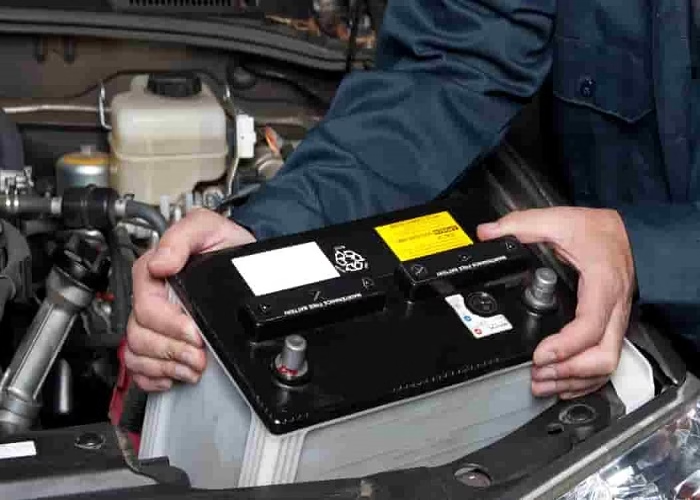
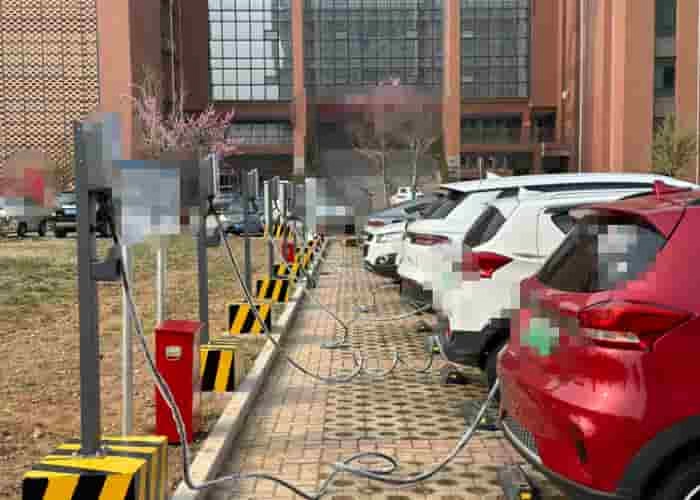
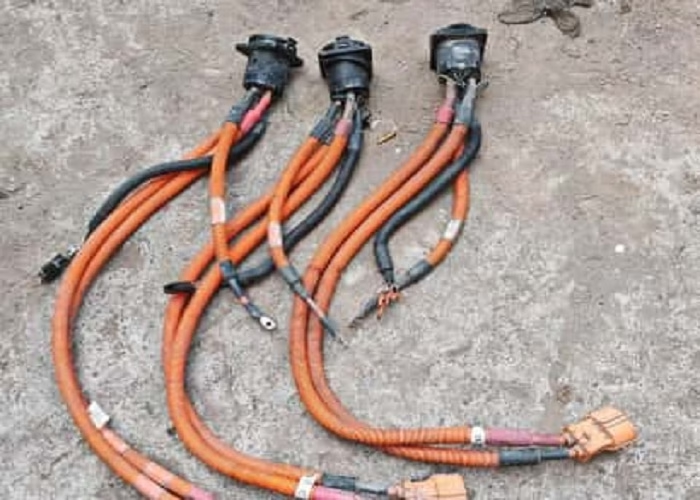

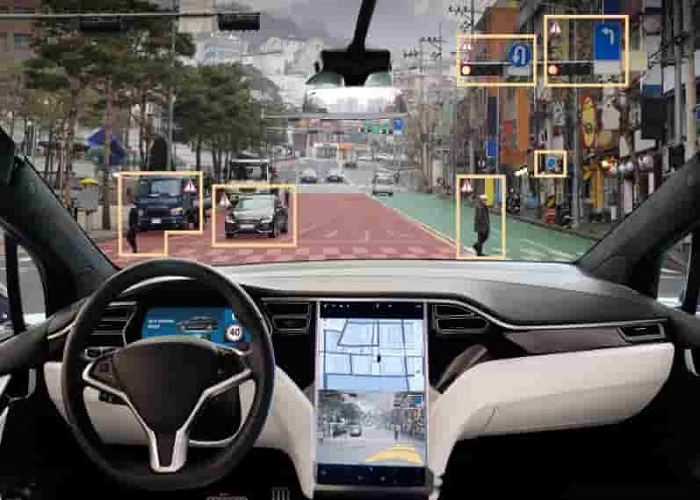

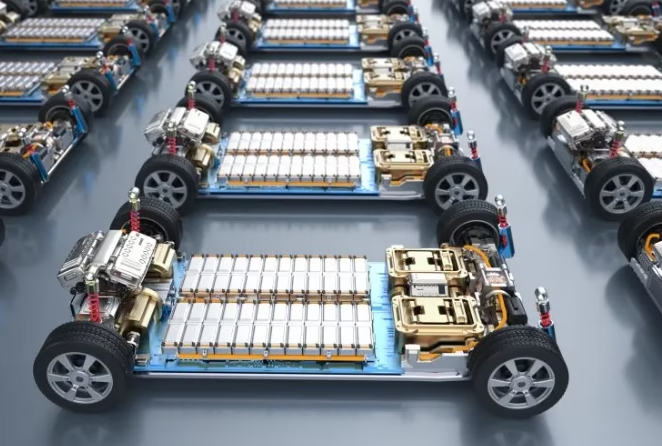
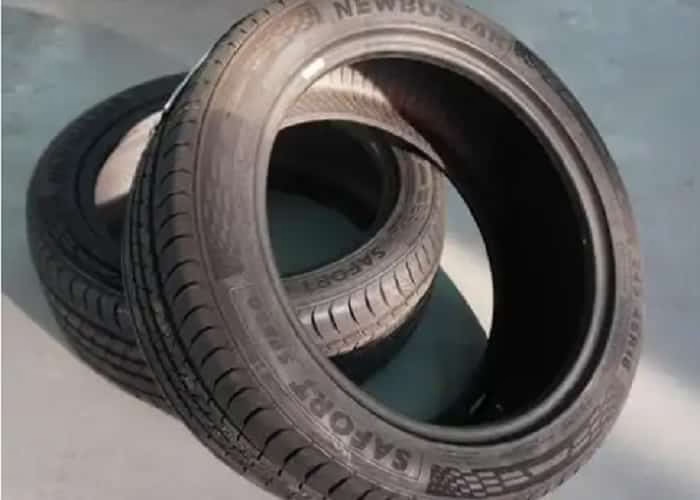
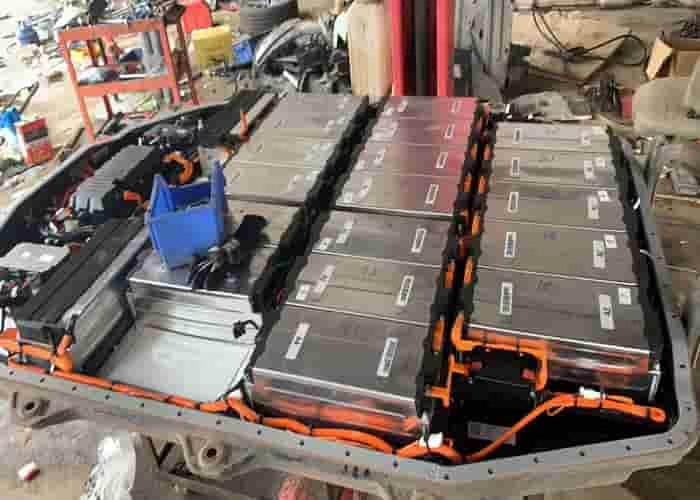




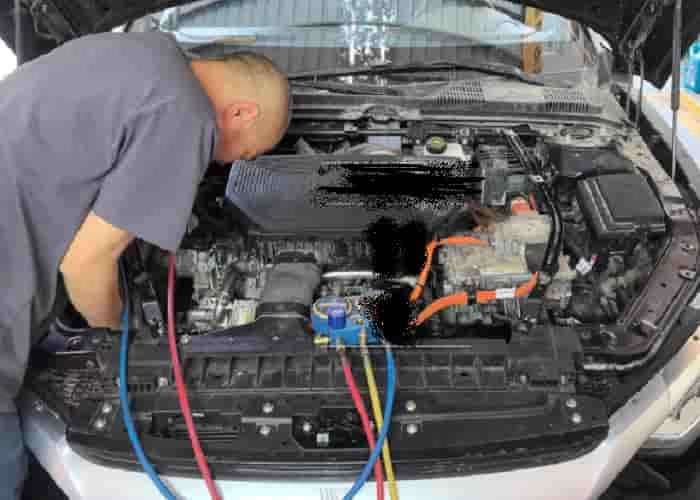
Leave a Reply